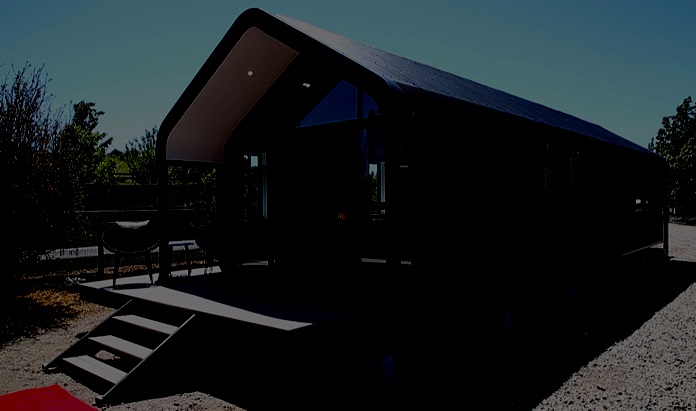
Embracing Nature with Prefab Homes In NZ that Blend In
As an efficient and sustainable solution for modern living, prefab homes in NZ have gained significant popularity in recent years. There is a growing trend towards embracing nature and incorporating eco-friendly design principles into prefabricated homes.
Let’s explore the concept of biophilic design and how it can help these homes seamlessly blend with the surrounding natural environment.
Understanding Biophilic Design Principles
Biophilic design focuses on creating living spaces that connect people with nature. It recognizes the inherent human need to be surrounded by natural elements for overall well-being. By integrating biophilic design principles into ready-made homes, residents can enjoy numerous benefits while minimizing their impact on the environment.
Key elements of biophilic design include maximizing natural light, promoting proper ventilation, utilizing sustainable materials, and incorporating greenery. These elements not only enhance the aesthetic appeal of the homes but also contribute to improved air quality, energy efficiency, and overall comfort.
Site Selection and Orientation
When selecting a location for a prefab home, it’s crucial to consider the environmental impact and the home’s interaction with the surrounding nature. Ideally, the site should be chosen in a way that minimizes disturbance to the existing ecosystem.
Optimal sunlight exposure and breathtaking views can be achieved by carefully positioning the prefab home on the site. This allows for ample natural light to flood the interiors, reducing the need for artificial lighting during the day and providing a seamless connection with the outdoor environment.
Preserving existing vegetation is another important aspect of blending prefab homes with nature. By integrating the home into the landscape and working around mature trees and plants, the overall visual impact is reduced, and the natural ecosystem is preserved.
Sustainable Materials and Construction Techniques
The choice of materials and construction techniques plays a vital role in the sustainability of prefabricated homes. Opting for eco-friendly building materials, such as responsibly sourced timber and recycled materials, helps reduce the carbon footprint associated with construction.
In addition to sustainable materials, energy-efficient insulation and windows can be incorporated to minimize energy consumption. Proper insulation keeps the home warm in winter and cool in summer, reducing the reliance on heating and cooling systems.
Implementing green construction practices, such as minimizing waste and utilizing environmentally friendly construction methods, further enhances the sustainability of prefabs. This includes recycling construction waste, reducing water usage, and managing energy consumption during the construction process.
Incorporating Natural Elements in Prefab Home Design
For a harmonious blend with nature, prefab homes often emphasize the integration of natural elements in their design. Large windows and skylights maximize the influx of natural light, creating bright and inviting interiors.
Sliding doors and outdoor decks create seamless indoor-outdoor living spaces, allowing residents to connect with nature and enjoy the stunning surroundings. These design features encourage a sense of openness and freedom, enhancing the overall living experience.
Strategically placed windows and green walls promote air circulation and improve indoor air quality. By harnessing natural ventilation, prefab houses can reduce the need for artificial cooling systems.
Energy Efficiency and Renewable Resources
To further enhance sustainability, prefabs can incorporate various energy-efficient and renewable energy solutions. Installing solar panels or wind turbines allows homeowners to generate their own renewable energy, reducing reliance on traditional power sources.
Choosing energy-efficient appliances and lighting systems helps reduce energy consumption within the home. LED lighting, smart thermostats, and energy-efficient appliances can significantly lower electricity usage while maintaining a comfortable living environment.
Implementing rainwater collection and greywater recycling systems minimizes water waste. Harvesting rainwater for non-potable uses and recycling greywater for irrigation purposes are effective ways to conserve water resources and reduce the ecological impact of prefabricated homes.
Conclusion
Embracing nature through the integration of biophilic design principles in prefab homes in NZ offers a harmonious living experience. By carefully going through their options, homeowners can create a seamless blend between their homes and the surrounding natural environment
